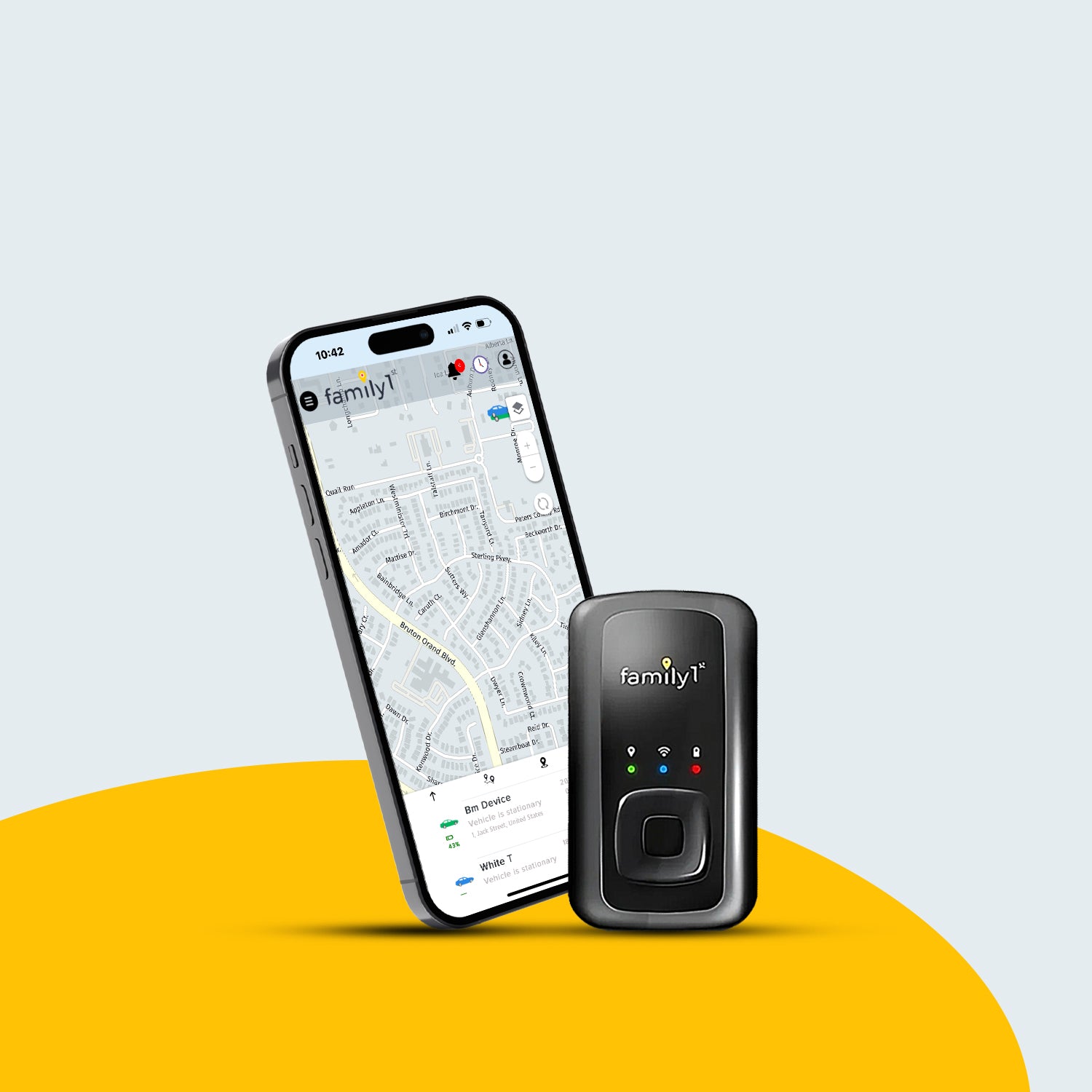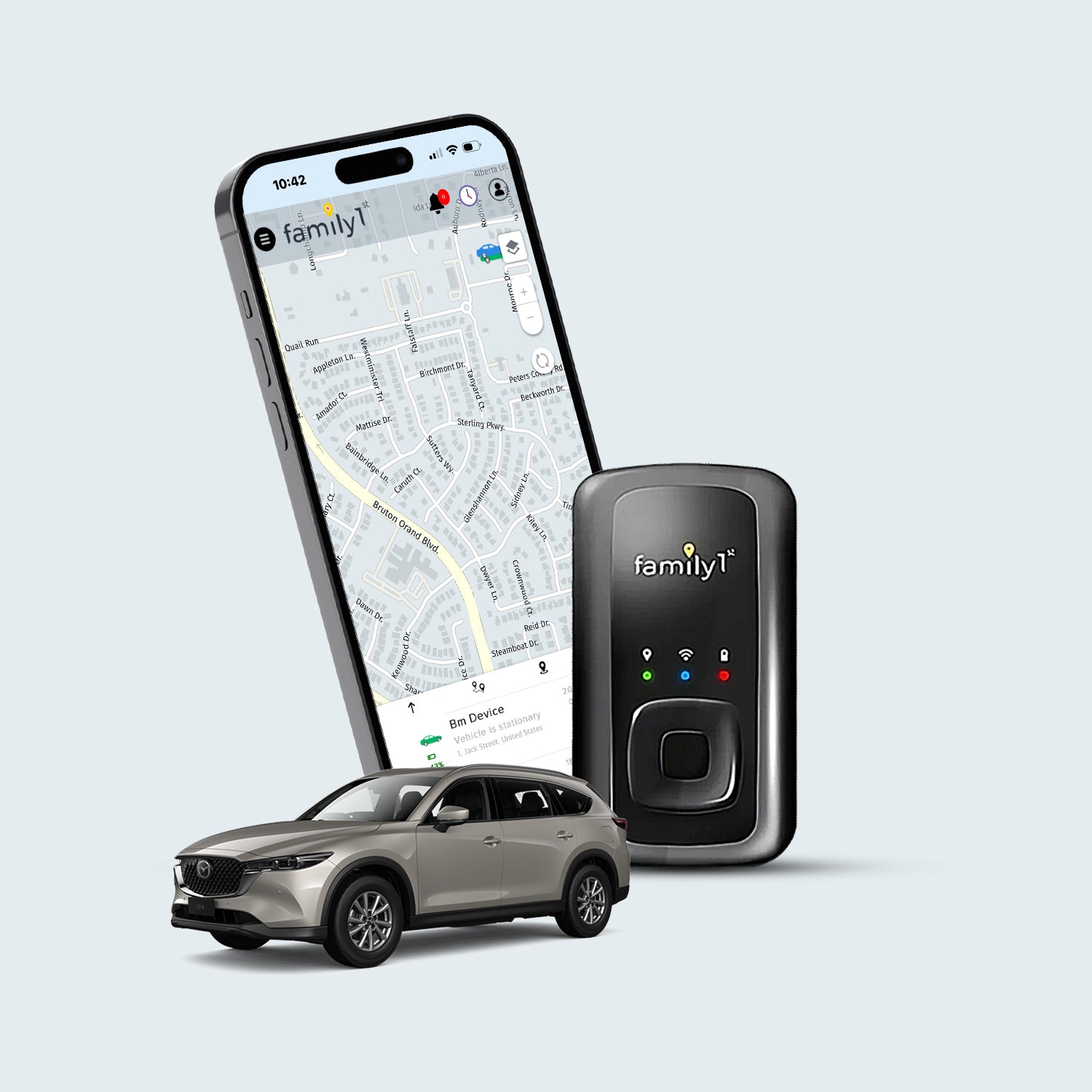California’s Graduated Driver Licensing (GDL) system has three stages: Learner’s Permit (15 ½), Provisional License (16), and Full License (18). Each stage has rules to ensure safe driving.
Teens with a permit must drive with an adult and cannot drive alone. Provisional license holders cannot drive late at night or carry passengers under 20 for the first year. California enforces distracted driving and zero-tolerance alcohol laws, banning phone use and any alcohol in the system.
What is California’s Graduated Driver Licensing (GDL) System?
California’s Graduated Driver Licensing (GDL) system helps new drivers build experience under safer conditions. It has three stages with specific rules to ensure teens develop driving skills gradually.
-
Learner’s Permit: Available for teens 15 ½ to 17 ½ years old, requiring supervised driving.
-
Provisional License: Issued at 16 to 18 years old, allowing independent driving with restrictions.
-
Full License: Granted at 18 years old, removing all previous limitations.
Each stage limits risks by requiring supervised practice and enforcing restrictions until teens gain enough experience to drive independently.
How to Apply for a Learner’s Permit in California
You can apply online for faster processing or in person at the DMV.
Option 1: Apply Online (Faster & Easier)
-
Visit the California DMV website and create an account.
-
Complete the DL 44 application form online.
-
Upload required documents (ID, residency proof, driver’s ed certificate).
-
Pay the application fee online.
-
Schedule an appointment for your vision and knowledge test at the DMV.
-
Pass the tests and get your Learner’s Permit.
Option 2: Apply In-Person at the DMV
-
Book a DMV appointment or visit a nearby office.
-
Fill out the DL 44 form on-site (paper form provided at the DMV).
-
Submit physical copies of required documents (no online uploads).
-
Complete vision and knowledge tests to qualify for the permit.
Requirements To Get License In California
Step 1: Learner’s Permit (Instruction Permit)
The Learner’s Permit is the first stage in California’s GDL system. Teens can apply at 15 ½ years old but must meet specific requirements before driving.
Requirements:
-
Age 15 ½ to 18
-
Completion of a state-approved driver’s education course
-
Passing a written knowledge test at the DMV
-
A parent or guardian’s signature on the DL 44 form
-
Proof of identity, residency, and Social Security number
Restrictions:
-
Not valid until behind-the-wheel training begins with a licensed instructor
-
Must drive with a licensed adult (25+) in the front seat
-
Cannot drive alone
-
Must complete 50 hours of supervised driving (10 at night)
-
Valid for one year and must be held for at least six months before applying for a Provisional License
Step 2: Provisional License
After six months with a Learner’s Permit, teens can apply for a Provisional License at 16 years old.
Requirements:
-
At least 16 years old
-
Held a Learner’s Permit for six months
-
Completed 50 hours of supervised driving (10 at night)
-
Completed six hours of professional driving lessons
-
Passed the DMV behind-the-wheel test
Restrictions (First 12 Months):
-
No driving between 11 PM and 5 AM
-
No passengers under 20 unless a licensed adult (25+) is present
-
No handheld phone use, even hands-free
Violations can lead to fines, license suspension, or delays in getting a Full License.
Step 3: Full (Unrestricted) Driver’s License
At 18 years old, teens can obtain a Full Driver’s License with no restrictions.
Requirements:
-
At least 18 years old
-
Held a Provisional License without major violations
-
No outstanding traffic violations or suspensions
All Provisional License restrictions are lifted at 18, but general traffic laws still apply. Reckless driving can lead to fines, suspensions, or legal consequences.
California's Zero-Tolerance Policy for Underage Drinking and Driving
California has strict laws for underage drinking and driving. The Zero-Tolerance Law states:
-
Drivers under 21 cannot have a Blood Alcohol Content (BAC) of 0.01% or higher
-
A BAC of 0.05% or higher results in license suspension and a possible DUI charge
-
A BAC of 0.08% or higher leads to severe DUI penalties, including fines, license revocation, and possible jail time
Violations can lead to a one-year license suspension, fines, and mandatory DUI education programs.
Distracted Driving Laws for Teen Drivers
California has strict laws against distracted driving, especially for teens.
-
Drivers under 18 cannot use a phone while driving, even with hands-free features
-
Texting, calling, or using apps while driving is illegal
-
Violations result in fines and possible license suspension
Even first-time offenses can result in a $20 fine, with subsequent offenses costing up to $50. However, insurance rates can also increase due to violations.
Penalties for Violating Teen Driving Laws
|
Violation |
Penalty |
|
Driving without a permit or license |
Fines up to $1,000, car impoundment |
|
Breaking Provisional License rules |
License suspension or delay in full license |
|
Speeding (10+ mph over limit) |
Fines, traffic school, or license suspension |
|
Texting while driving |
Fines starting at $20, points on record |
|
DUI (under 21) |
License suspension, fines, DUI program enrollment |
Tips for Parents to Help Teen Drivers
Parents play a crucial role in helping teens become safe drivers. Here’s how:
-
Supervise practice driving: Guide teens through different road conditions
-
Set clear driving rules: Reinforce safety measures beyond legal requirements
-
Use a parent-teen driving agreement: Set expectations and consequences for breaking rules
-
Monitor driving behavior: Consider using apps that track driving habits
-
Lead by example: Demonstrate safe driving behaviors yourself
Conclusion
California’s teen driving laws are designed to promote safe driving habits and reduce accidents among young drivers. By understanding and following these laws, teens can develop responsible driving skills and avoid legal trouble.
Parents should also stay involved in the process to ensure their teen becomes a confident and safe driver. Driving is a privilege, and following the rules will help new drivers stay safe while enjoying their newfound independence on California’s roads.







